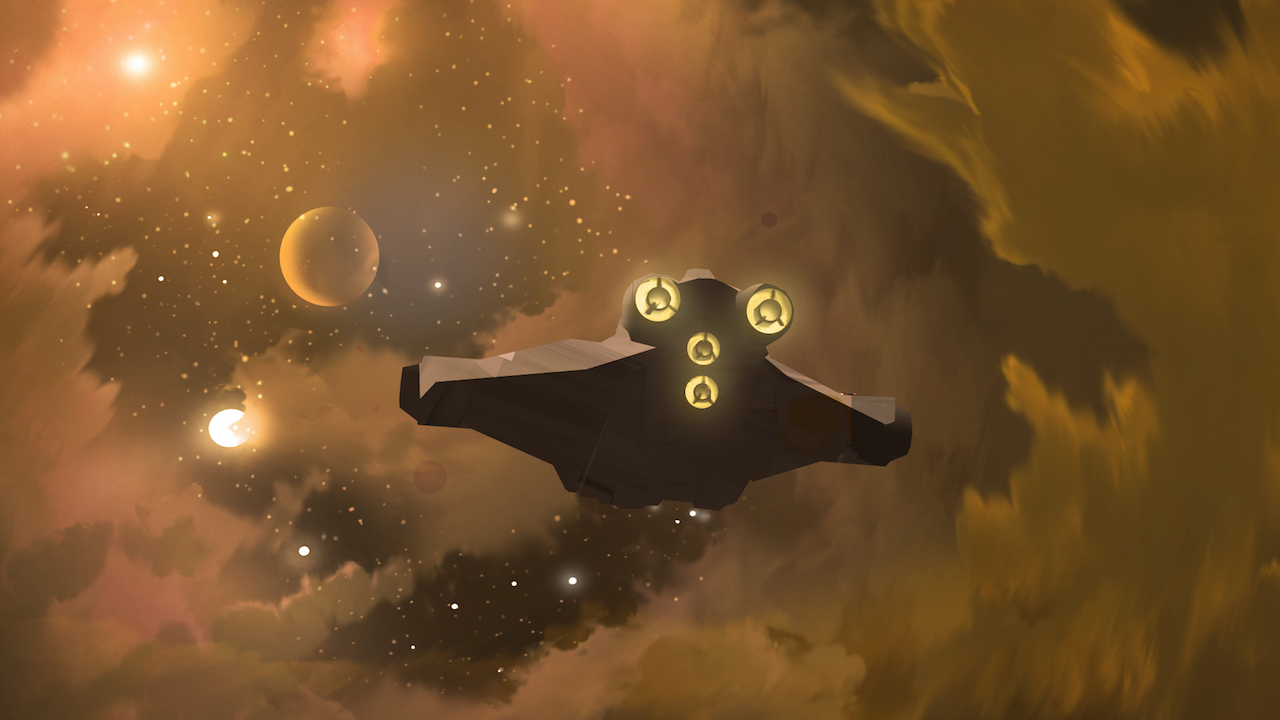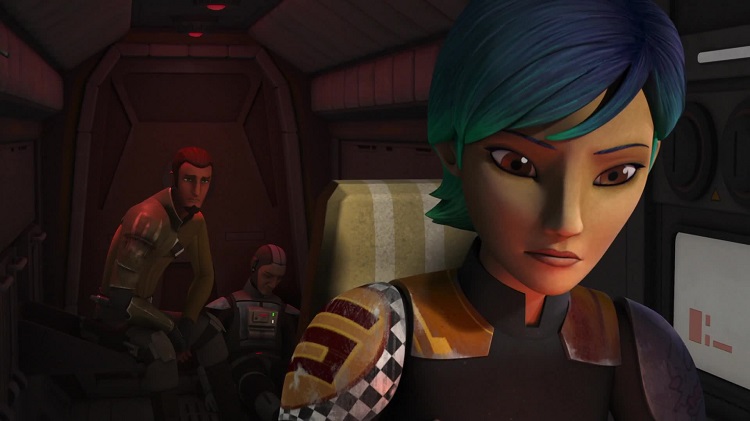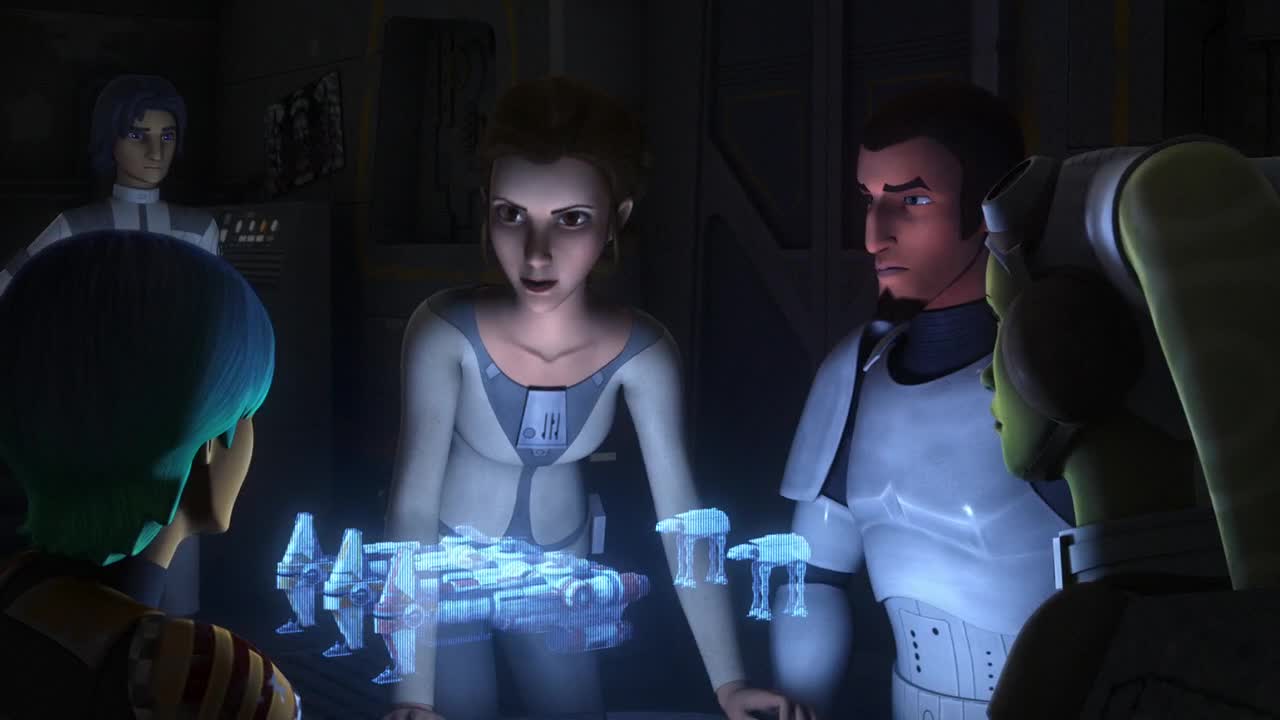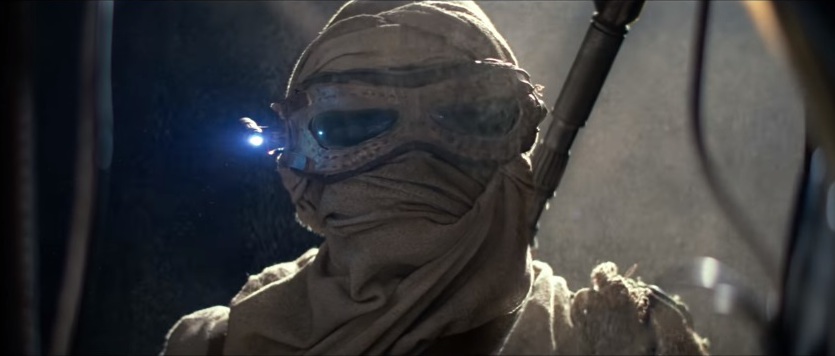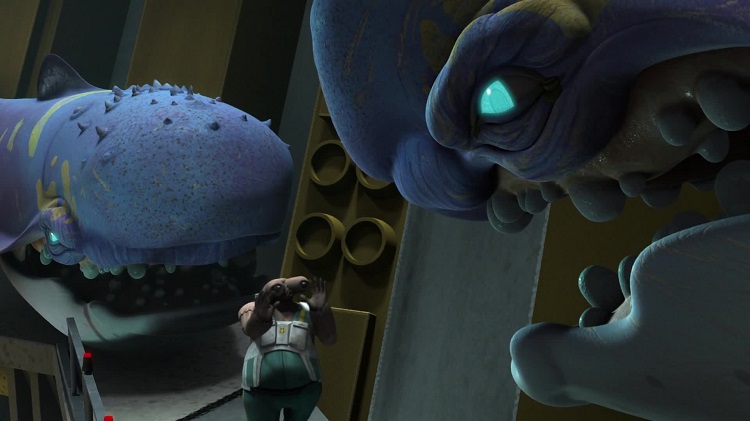
Mike: Who knew the space whale episode would be so controversial?
Where “The Call” continues Star Wars Rebels’ streak of episodes with gorgeous and interesting new visuals and skillful staging and humor, it has provoked fresh debate amongst many fans about exactly when and why the protagonists will choose to kill people—especially striking after “The Protector of Concord Dawn” dealt overtly with the subject for the first time just a couple weeks ago. In that episode Sabine clashes with Kanan and Hera when she wants to take revenge against the Mandalorian Protectors—potential Rebellion allies—for almost killing Hera. This week reshuffles the deck in an unexpected way by pitting Ezra (and eventually Kanan) against Hera in defense of the purrgil, whose lives Hera could give a womprat’s ass about. For my money, the episode does sufficient legwork in justifying Hera’s flippant attitude by explaining that she’s lost comrades to purrgil collisions in the past (she is a professional spacer, after all), but it ignores a much more interesting point: they’re all totes on board with wiping out the Mining Guild goons.
Now, not much is known about the canon Mining Guild (or the Legends one, for that matter), so it’s very easy to assume that they’re much worse than just innocent civilians making a living. But the script certainly doesn’t seem very concerned with getting that across, so it’s just as easy to assume this episode is about our heroes robbing and murdering people who did nothing worse than stand their ground. The directing all but delights in this; we get a quick look at the second TIE pilot moments before Ezra shoots him down, and a nice long look at Boss Yushyn being carried to his apparent demise in the jaws of an angry purrgil. Read More
